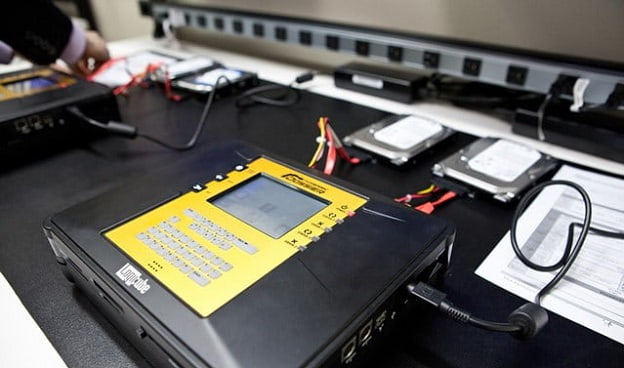Introduction
Computer Forensics Hardware: A Comprehensive Guide
If you’re working in the field of computer forensics, you know how important it is to have the right hardware. This guide will give you an in-depth look at the various types of computer forensics hardware available, as well as best practices for using it effectively.
Understanding the Importance of Computer Forensics
Computer forensics is a crucial aspect of modern-day law enforcement and cybersecurity. It involves the acquisition, preservation, and analysis of digital evidence that can be used in criminal investigations or civil litigation. In order to perform these tasks effectively, investigators need access to specialized hardware that can handle the unique challenges of digital forensics.
Types of Computer Forensics Hardware
There are many different types of computer forensics hardware available, each with its own strengths and weaknesses. Some of the most common types include:
– Write Blockers: These devices prevent changes from being made to a storage device during the acquisition process, ensuring the integrity of the data.
– Forensic Imagers: These devices create a bit-for-bit copy of a storage device, which can then be analyzed without modifying the original data.
– Hardware Enclosures: These devices allow investigators to connect storage devices to a forensic workstation for analysis.
– Network Forensics Hardware: These devices capture and analyze network traffic, allowing investigators to identify potential security threats or criminal activity.
Choosing the Right Computer Forensics Hardware
Choosing the right computer forensics hardware depends on a variety of factors, including the type of investigation, the size and complexity of the data, and the budget available. Some important considerations to keep in mind include:
– Compatibility: Ensure that the hardware you choose is compatible with the operating system and software you’ll be using.
– Speed: Look for hardware that can handle large amounts of data quickly, without sacrificing accuracy.
– Reliability: Choose hardware from reputable manufacturers with a proven track record of quality and reliability.
Best Practices for Using Computer Forensics Hardware
In order to get the most out of your computer forensics hardware, it’s important to follow best practices for its use. Some important tips to keep in mind include:
– Document your process: Keep detailed records of your hardware and software configuration, as well as your acquisition and analysis procedures.
– Test your hardware: Regularly test your hardware to ensure that it’s working properly and that you’re getting accurate results.
– Stay up-to-date: Keep up with the latest hardware and software developments in the field of computer forensics to ensure that you’re using the most effective tools available.
Conclusion
Computer forensics hardware is an essential component of any digital investigation, and choosing the right hardware can make all the difference in the success of your investigation. By understanding the different types of hardware available, and following best practices for its use, you can ensure that you’re getting the most accurate and reliable results possible.


